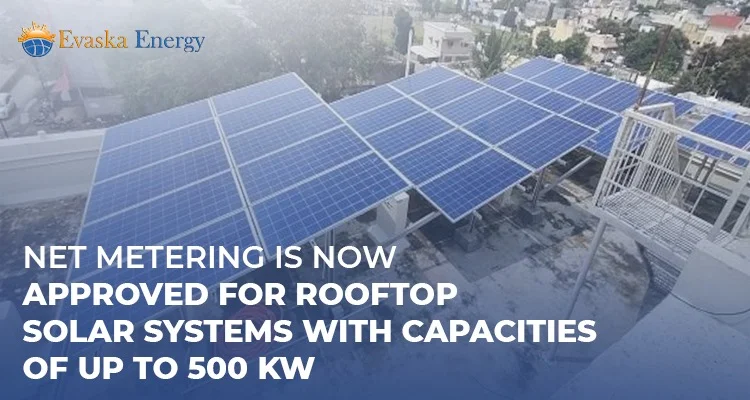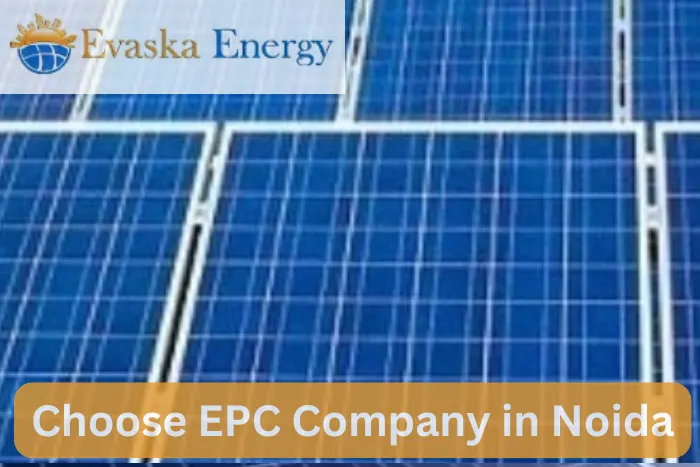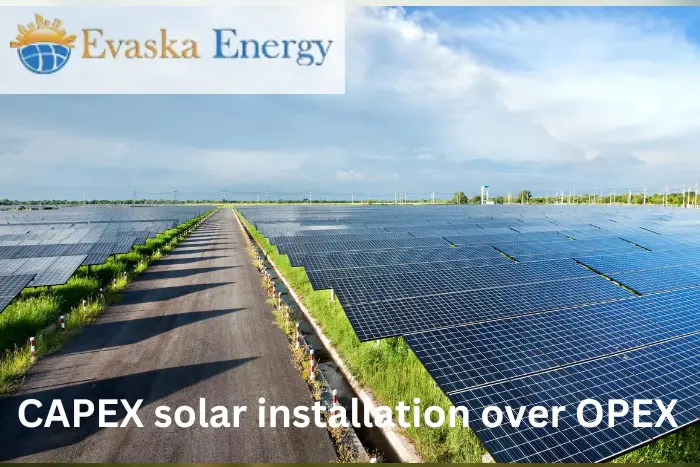Net Metering Is Now Approved for Rooftop Solar Systems with Capacities of Up to 500 Kw
Earlier, net metering was allowed for solar systems with capacity up to 01 MW which was helping huge power consumers save on their electricity bills massively and also feed in the excess power to the grid. Industry experts believe that net metering was the only policy which helped the solar industry to boom and convince stakeholders to invest in the technology. Everyone here knows that a particular industry starts to grow and receive financial support when either the product is technologically advanced or the government policies are very welcoming. Here in India, solar energy had both the benefits for people to believe in the concept and yes it did turn out to be really appreciable.
Even though net metering is beneficial for the consumers and Solar companies in India, it is detrimental to the Discoms. Discoms are continuously facing losses due to which they were thinking of shutting down the net metering policy for solar plants above 10 KW. All the industry experts opposed this as it would definitely affect the small, medium and micro sized industries. Net metering has always been beneficial for the customers as it helps the customers save on their electricity bills.
Solar power plant usually generates 1500 units per year per kw. In most cases, there is excess of energy being produced than the requirement at the premises. In such cases, the units generated are sent to the grid directly and when there is requirement of more power than the production from solar plant it is taken from the grid.
Net metering mechanism works in a way where the customer sends the energy to the grid directly when there is no requirement at the house or factory. The electricity sent to the grid can be carry forwarded by customer and used later at the time of requirement. So any user will just be paying the net amount.
For e.g.: A factory has installed 100 KvA solar power plant which generates approximately 12,500 units in a month and the requirement in the factory in month 1 is just 10,000 units for some reason. The excess 2,500 units are sent to the grid directly which will be stored in the consumer’s record. For instance, in month 2 the factory is running on full capacity and the requirement for running machinery and other appliances is 15,000 units but solar is limited to produce only 12,500 units so the remaining 2,500 units stored in the consumer’s record will be used and the user will pay no electricity bill. It basically works as a passbook saving system where your units once sent to the grid will be stored for you and can be used as in when required in the coming months. This type of functioning is more overly, called the net metering or net feed in policy.
100 KvA solar power plant usually takes approximately 8,000 to 10,000 sq.ft area and generates approximately 1,50,000 units per year. It is mostly installed in factories, industries, commercial buildings and offices who are paying high electricity bills. Any user who wishes to install the solar plant gets a payback period of less than 5 years which sounds attractive to many business owners.
The net metering or net feed-in policy is quite famous across India, where maximum states are supporting this. Some states in India, like Tamil Nadu and Uttar Pradesh were still not promoting solar net metering policy for solar power plants. Net metering or net feed in policy is only popular with ON Grid solar systems that are used without batteries and are directly dependent on the grid.
If net metering was closed for solar systems above 10 KW size, it would have hampered the solar installations for the C&I users across India. All the experts felt that this will almost collapse the solar industry as the user will not be beneficial for the excess units he is producing from the solar plant. Although in states where net metering is not allowed, solar installations are happening in full force through the technology well known as zero export device. In conditions, where net metering is not allowed users and companies are deploying zero export device solution. It enables the solar system to restrict the excess power to flow out. When there is less requirement, the zero export device passes on command to produce less electricity. Zero export device instructs the solar power plant to only generate a specific amount of energy that is required at the premises, so if no excess energy is generated no excess energy will be fed into the grid. Hence, places not allowing net metering are also functioning with this advanced technology.
As known, solar system of 10 KW size is mostly suitable for residential customers i.e. individual houses, floors, farmhouses and villas. Above these sizes are suitable for commercial buildings, offices, industries and factories which are paying high unit rates to the discoms or electricity departments. Above 500 KW sized solar plants are majorly being used by huge industries and factories which are operating across India. Let the system size be below 500 KW or above that, now the industry is so technologically advanced, that we can provide each and every available solution to the user and help them fulfil their requirements.
Your decision of choosing solar energy shouldn’t be only dependent on the net metering policy but also various other factors. Solar power plants up to the capacity of 500 KW are allowed for net metering and system sizes above that can opt for zero export devices which will be integrated with the solar power plant. Once, the zero-export device is configured with the solar plant it will help in the complete functioning.








